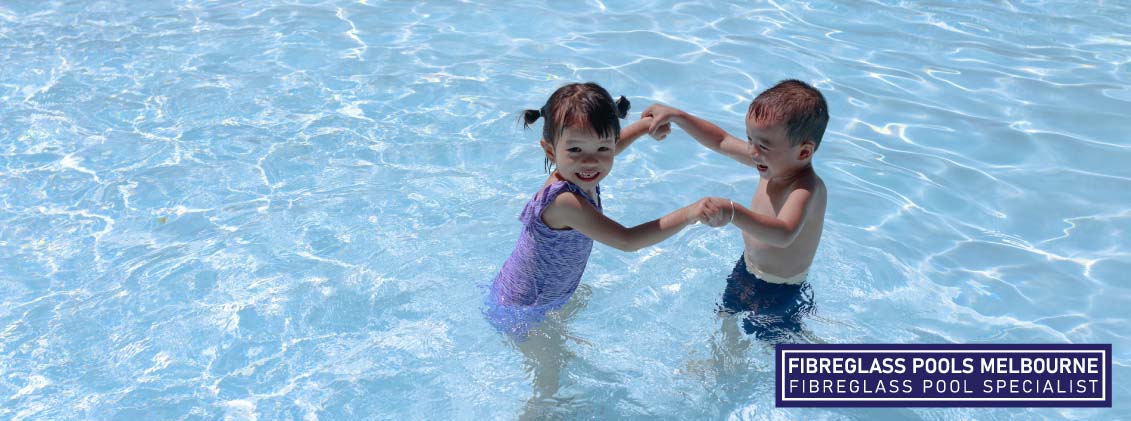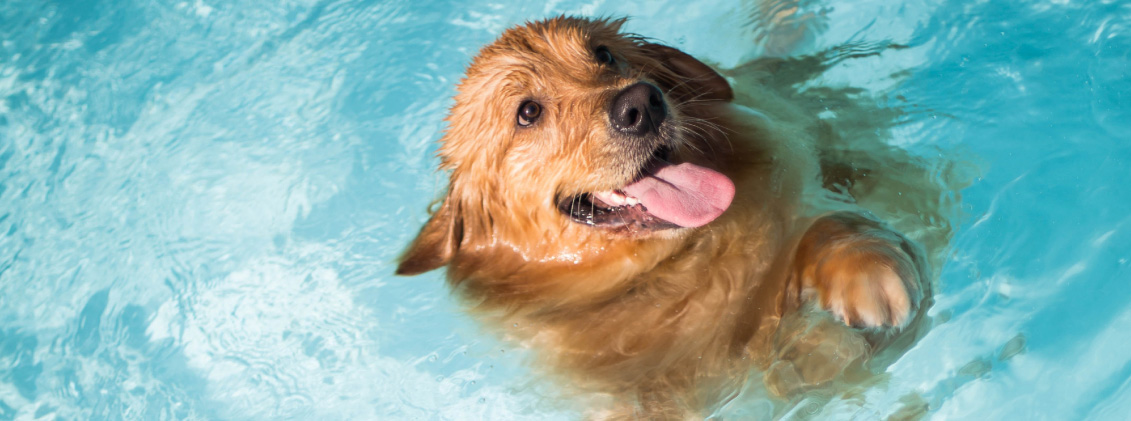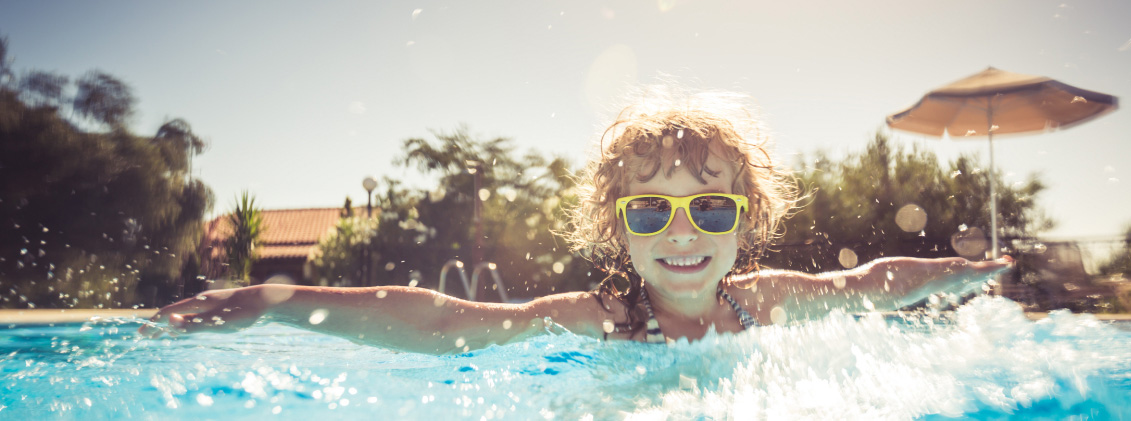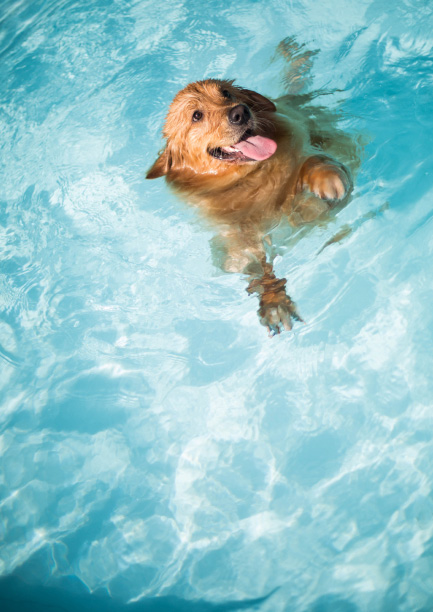The Top Pool Water Conservation Tips to Reduce Your Water Bills
Why spend more on your water bills when you don't need to! By following these simple steps, you can reduce your pools water consumption and save yourself some money. This is not only better for the environment, but also your back pocket.

If you’re not careful, you could end up using a lot of water for your swimming pool, and that can be bad on multiple fronts. For starters, your water bills are bound to shoot up, and of course, there’s the environmental aspect. We’re living in an era of climate change, and in such a scenario, using more water than you need to is tantamount to wastefulness.
So, as a swimming pool owner, it’s your duty and responsibility to save as much water as you possibly can. If you’re wondering how, read on, because, in this article, we’ll share with you the best pool water conservation tips.
1. Invest in a pool cover
In recent years, more and more swimming pool owners have turned to pool covers for conserving water. These helpful pool accessories prevent the water from being evaporated by heat. Quite simply, if you own an outdoor pool, a pool cover can help you save a considerable quantity of water by reducing evaporation. It’ll be particularly helpful during the summer months when most standard pools lose around an inch of water every week. If you take the bigger picture into the equation, that’s around a whopping 7,000 gallons of water lost every year.
Apart from saving water, a pool cover can also provide the following benefits:
- It can trap heat, which is great for making things energy-efficient as you won’t have to run the pool heater frequently.
- It can keep a check on the growth of algae inside the pool, which can reduce pool chemical costs.
When it comes to pool cover options, you’ll have to take your pick from solar covers, safety covers, and winter covers. Solar covers are great for trapping the sun’s heat, while safety covers are ideal for keeping children and/or pets safe. Winter covers are ideal for protecting the pool during the winter months. Talk to a pool expert near you to understand the differences between the three types of covers and which one is right for you.

2. Keep your pool's water level lower than the maximum level
If your pool’s water level is at its maximum, there may be situations when the pool water ends up being wasted when people jump into the pool. For instance, you may feel the urge to jump into your pool, but in doing so, a lot of water may splash outside. The best way to deal with this is to maintain a lower water level.
Additionally, you should educate your family members about the importance of conserving water along with why they should avoid jumping into the pool. After all, you would want your pool water to stay inside the swimming pool, right?
3. Follow this 5-step checklist to identify leaks
Leaks in the pool can be tricky to detect, but if you leave them unattended, they can end up wasting more water than you can imagine. However, this 5-step checklist should help you identify leaks:
Step 1: Check the pool downstream and be on the lookout for damp spots.
Step 2: Look near the pool, its plumbing, and its pumps and check for water-saturated soil.
Step 3: See if there are any cracks on joiners, valves, and/or pipes.
Step 4: Check your pool masonry and look for cracks in the tiles or loose tiles.
Step 5: Observe the bond beam and look for gaps and/or cracks.
If a possible leak is indicated by your inspection, you should immediately reach out to a pool maintenance professional and get the problem fixed.

4. Don't go overboard with backwashing your pool filter
Backwashing the pool filter is an important maintenance task that will help to keep your filter in good shape. As you keep using your swimming pool, over time, dirt, debris, and other contaminants build up within the pool filter. As a result of this build-up, your pool filter may fail to function effectively. This is where backwashing can play a critical role in removing this built-up dirt and debris from the filter.
However, while backwashing is undoubtedly important, pool owners sometimes make the mistake of going overboard with it, i.e. doing it even when it’s not necessary. The problem with backwashing is that it uses up the pool water. So, the more frequently your backwash your filter, the more pool water you’ll use. Ideally, once a week or twice a month should be okay, but more than that may result in water wastage. Also, excessive backwashing can be detrimental to your pool filter’s functionality.
5. Avoid draining your swimming pool completely on a regular basis
The thought of draining your pool completely and using it after refilling it is definitely tempting. However, if you were to put this thought into action, you’d end up wasting thousands of gallons of water for no good reason. Sometimes, complete pool drainage isn’t necessary, especially if you regularly maintain your pool.
According to several experts, complete pool drainage is required only once in 3 – 7 years, i.e. if the pool is consistently well-maintained. So, it’s best to do what the experts suggest and avoid draining the pool when it isn’t necessary at all.
6. Operate your pool pump keeping water conservation in mind
Typically, pool owners don’t think of water conservation when they run their pool pumps. However, if you really want to conserve pool water, you’ve got to run your pool pump carefully. If you’ve recently got your pool installed, it’s best to keep your pool pump use restricted to 8 hours every day.
All in all, the use of your pool pump should boil down to how clear or cloudy your pool water is. Quite simply, if your pool water is clear, there’s no need for you to run your pool pump. However, if it’s cloudy, you should run the pump until the water becomes clear again. The best way to keep a check on pool pump use is to invest in a timer rated for your pool pump size.
Conclusion
So, these were our 6 top tips for conserving pool water. Start putting them into practice and you’re bound to notice a positive change on the pool water conservation front.
The Top Pool Water Conservation Tips to Reduce Your Water Bills
Why spend more on your water bills when you don't need to! By following these simple steps, you can reduce your pools water consumption and save yourself some money. This is not only better for the environment, but also your back pocket.

If you’re not careful, you could end up using a lot of water for your swimming pool, and that can be bad on multiple fronts. For starters, your water bills are bound to shoot up, and of course, there’s the environmental aspect. We’re living in an era of climate change, and in such a scenario, using more water than you need to is tantamount to wastefulness.
So, as a swimming pool owner, it’s your duty and responsibility to save as much water as you possibly can. If you’re wondering how, read on, because, in this article, we’ll share with you the best pool water conservation tips.
1. Invest in a pool cover
In recent years, more and more swimming pool owners have turned to pool covers for conserving water. These helpful pool accessories prevent the water from being evaporated by heat. Quite simply, if you own an outdoor pool, a pool cover can help you save a considerable quantity of water by reducing evaporation. It’ll be particularly helpful during the summer months when most standard pools lose around an inch of water every week. If you take the bigger picture into the equation, that’s around a whopping 7,000 gallons of water lost every year.
Apart from saving water, a pool cover can also provide the following benefits:
- It can trap heat, which is great for making things energy-efficient as you won’t have to run the pool heater frequently.
- It can keep a check on the growth of algae inside the pool, which can reduce pool chemical costs.
When it comes to pool cover options, you’ll have to take your pick from solar covers, safety covers, and winter covers. Solar covers are great for trapping the sun’s heat, while safety covers are ideal for keeping children and/or pets safe. Winter covers are ideal for protecting the pool during the winter months. Talk to a pool expert near you to understand the differences between the three types of covers and which one is right for you.

2. Keep your pool's water level lower than the maximum level
If your pool’s water level is at its maximum, there may be situations when the pool water ends up being wasted when people jump into the pool. For instance, you may feel the urge to jump into your pool, but in doing so, a lot of water may splash outside. The best way to deal with this is to maintain a lower water level.
Additionally, you should educate your family members about the importance of conserving water along with why they should avoid jumping into the pool. After all, you would want your pool water to stay inside the swimming pool, right?
3. Follow this 5-step checklist to identify leaks
Leaks in the pool can be tricky to detect, but if you leave them unattended, they can end up wasting more water than you can imagine. However, this 5-step checklist should help you identify leaks:
Step 1: Check the pool downstream and be on the lookout for damp spots.
Step 2: Look near the pool, its plumbing, and its pumps and check for water-saturated soil.
Step 3: See if there are any cracks on joiners, valves, and/or pipes.
Step 4: Check your pool masonry and look for cracks in the tiles or loose tiles.
Step 5: Observe the bond beam and look for gaps and/or cracks.
If a possible leak is indicated by your inspection, you should immediately reach out to a pool maintenance professional and get the problem fixed.

4. Don't go overboard with backwashing your pool filter
Backwashing the pool filter is an important maintenance task that will help to keep your filter in good shape. As you keep using your swimming pool, over time, dirt, debris, and other contaminants build up within the pool filter. As a result of this build-up, your pool filter may fail to function effectively. This is where backwashing can play a critical role in removing this built-up dirt and debris from the filter.
However, while backwashing is undoubtedly important, pool owners sometimes make the mistake of going overboard with it, i.e. doing it even when it’s not necessary. The problem with backwashing is that it uses up the pool water. So, the more frequently your backwash your filter, the more pool water you’ll use. Ideally, once a week or twice a month should be okay, but more than that may result in water wastage. Also, excessive backwashing can be detrimental to your pool filter’s functionality.
5. Avoid draining your swimming pool completely on a regular basis
The thought of draining your pool completely and using it after refilling it is definitely tempting. However, if you were to put this thought into action, you’d end up wasting thousands of gallons of water for no good reason. Sometimes, complete pool drainage isn’t necessary, especially if you regularly maintain your pool.
According to several experts, complete pool drainage is required only once in 3 – 7 years, i.e. if the pool is consistently well-maintained. So, it’s best to do what the experts suggest and avoid draining the pool when it isn’t necessary at all.
6. Operate your pool pump keeping water conservation in mind
Typically, pool owners don’t think of water conservation when they run their pool pumps. However, if you really want to conserve pool water, you’ve got to run your pool pump carefully. If you’ve recently got your pool installed, it’s best to keep your pool pump use restricted to 8 hours every day.
All in all, the use of your pool pump should boil down to how clear or cloudy your pool water is. Quite simply, if your pool water is clear, there’s no need for you to run your pool pump. However, if it’s cloudy, you should run the pump until the water becomes clear again. The best way to keep a check on pool pump use is to invest in a timer rated for your pool pump size.
Conclusion
So, these were our 6 top tips for conserving pool water. Start putting them into practice and you’re bound to notice a positive change on the pool water conservation front.


